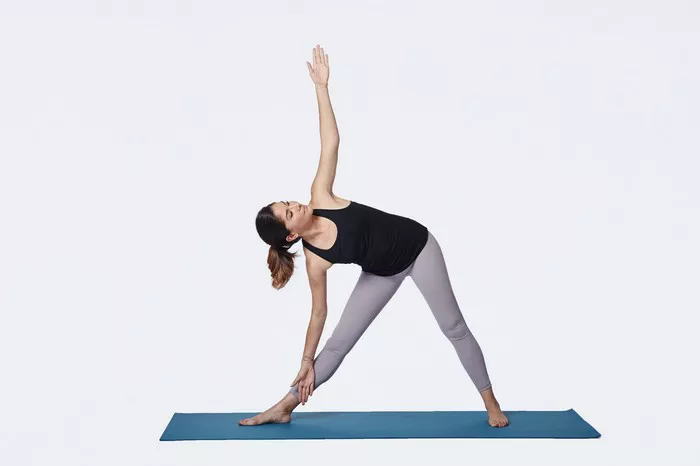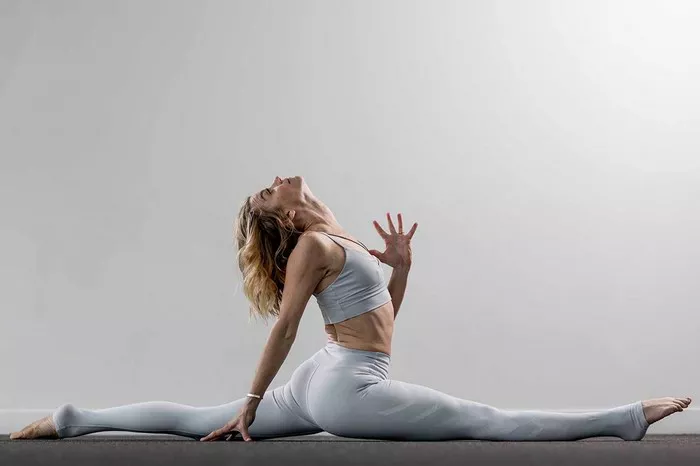Yoga has become a ubiquitous part of modern wellness culture, with various styles and practices catering to different preferences and goals. Among the myriad of yoga styles, two popular ones stand out: Hatha and Vinyasa. While both offer physical, mental, and spiritual benefits, they differ significantly in their approach, pace, and focus. Understanding these differences can help practitioners choose the style that aligns best with their needs and preferences.
Origins and Philosophy
Hatha Yoga traces its roots back to ancient India, with its origins dating as far back as the 15th century. The word “Hatha” itself is derived from two Sanskrit words: “ha,” meaning sun, and “tha,” meaning moon. This reflects the balanced approach of Hatha Yoga, aiming to unite opposites – such as strength and flexibility, or effort and surrender – to achieve harmony and balance in both body and mind.
In contrast, Vinyasa Yoga is a more contemporary style that emerged in the late 20th century, influenced by the teachings of renowned yoga masters such as Pattabhi Jois and B.K.S. Iyengar. The word “Vinyasa” translates to “flow” or “sequence,” highlighting its emphasis on linking breath with movement in a continuous and dynamic flow. Vinyasa Yoga is often described as a moving meditation, where practitioners seamlessly transition from one pose to another, synchronizing their breath with each movement.
Practice and Sequence
One of the key distinctions between Hatha and Vinyasa Yoga lies in their practice and sequence. Hatha Yoga typically involves holding static poses for a longer duration, allowing practitioners to focus on alignment, breath awareness, and subtle energy flow. Poses are often held for several breaths, with an emphasis on building strength, flexibility, and endurance gradually over time.
On the other hand, Vinyasa Yoga is characterized by its dynamic and fluid sequence of poses, often referred to as “Vinyasa flow.” In Vinyasa practice, poses are linked together in a continuous sequence, with smooth transitions facilitated by the breath. The pace of a Vinyasa class can vary depending on the teacher and level, but generally, it is more vigorous and fast-paced compared to Hatha Yoga.
Breath and Movement
Breath awareness is fundamental to both Hatha and Vinyasa Yoga, but the way it is integrated into the practice differs between the two styles. In Hatha Yoga, emphasis is placed on using the breath to deepen into each pose, finding stability and ease amidst the stillness. Pranayama, or breath control techniques, are often incorporated into Hatha practice to enhance vitality and concentration.
In Vinyasa Yoga, breath and movement are intricately linked, with each inhale and exhale guiding the transition between poses. The breath serves as a metronome for the practice, helping to maintain the rhythm and flow of the sequence. Practitioners are encouraged to cultivate a steady and ujjayi breath, often described as a “whispering ocean sound,” to anchor their awareness in the present moment and facilitate a moving meditation.
Intensity and Difficulty
Another factor that distinguishes Hatha and Vinyasa Yoga is the intensity and difficulty level of the practice. Hatha Yoga classes are generally slower-paced and more accessible to beginners, with an emphasis on foundational poses and alignment principles. While Hatha practice can still offer a challenging workout, especially in holding poses for extended periods, it tends to be more gentle and nurturing compared to Vinyasa.
Vinyasa Yoga, on the other hand, is known for its dynamic and physically demanding nature. The continuous movement and flow between poses elevate the heart rate, build heat in the body, and promote cardiovascular endurance. Vinyasa classes often incorporate a variety of challenging poses, including inversions, arm balances, and backbends, catering to practitioners looking for a more vigorous and intense workout.
Mindfulness and Meditation
Both Hatha and Vinyasa Yoga offer opportunities for mindfulness and meditation, but the emphasis may vary between the two styles. In Hatha Yoga, the longer holds and static nature of poses provide ample space for introspection and deepening into the present moment. Practitioners are encouraged to cultivate a meditative awareness, observing sensations in the body and fluctuations of the mind without judgment.
In Vinyasa Yoga, mindfulness is integrated into the movement itself, with practitioners encouraged to stay present and focused as they flow from one pose to another. The rhythmic breath and continuous motion create a moving meditation, where practitioners can experience a sense of flow and unity between body, breath, and mind. While the pace of a Vinyasa class may be fast, it offers moments of stillness and concentration amidst the dynamic flow.
Conclusion
In conclusion, while both Hatha and Vinyasa Yoga share the common goal of promoting physical, mental, and spiritual well-being, they differ in their approach, sequence, intensity, and emphasis. Hatha Yoga offers a slower-paced and more static practice, focusing on alignment, breath awareness, and subtle energy flow. Vinyasa Yoga, on the other hand, is characterized by its dynamic and fluid sequence of poses, linking breath with movement in a continuous flow.
Ultimately, the choice between Hatha and Vinyasa Yoga depends on individual preferences, goals, and level of experience. Beginners or those seeking a gentle and accessible practice may find Hatha Yoga more suitable, while those looking for a more vigorous and challenging workout may gravitate towards Vinyasa. Regardless of the style chosen, both Hatha and Vinyasa Yoga offer valuable tools for self-discovery, transformation, and holistic well-being.
FAQs:
Vinyasa yoga Vs Hatha yoga: Which is harder?
The difficulty level of Vinyasa versus Hatha yoga depends on individual preferences and physical abilities. Vinyasa yoga is often perceived as more challenging due to its dynamic and continuous flow of poses, which can elevate the heart rate and require greater strength and endurance. On the other hand, Hatha yoga, with its slower pace and emphasis on holding static poses for longer durations, may present its own challenges in terms of building strength, flexibility, and mental focus. Ultimately, what one person finds challenging, another may find invigorating, so it’s essential to explore both styles to determine which suits individual needs best.
What makes Vinyasa yoga different?
Vinyasa yoga stands out for its dynamic and fluid sequence of poses, where movements are synchronized with the breath in a continuous flow. Unlike Hatha yoga, which often involves holding static poses for extended periods, Vinyasa practice encourages seamless transitions between poses, creating a sense of rhythm and momentum. This continuous movement not only builds heat in the body but also cultivates mindfulness and presence as practitioners flow through the sequence. Vinyasa yoga offers a dynamic and energizing practice that challenges both the body and mind, making it popular among those seeking a more vigorous and holistic workout experience.
What is the most gentle yoga?
Among various yoga styles, Yin yoga is often considered the most gentle. In Yin yoga, poses are held for an extended period, typically three to five minutes or even longer, allowing for deep relaxation and gentle stretching of the connective tissues. Unlike more dynamic styles like Vinyasa, Yin yoga focuses on passive postures that target the body’s deeper layers, promoting flexibility, joint mobility, and relaxation. With its slow pace and emphasis on surrendering into poses, Yin yoga offers a soothing and meditative practice that is accessible to practitioners of all levels, including beginners and those with physical limitations or injuries.















